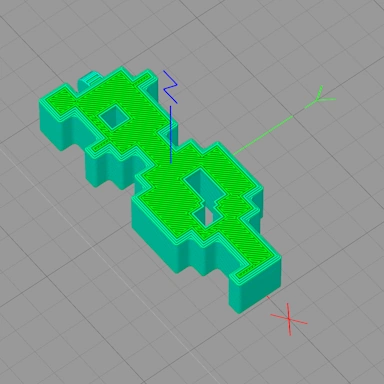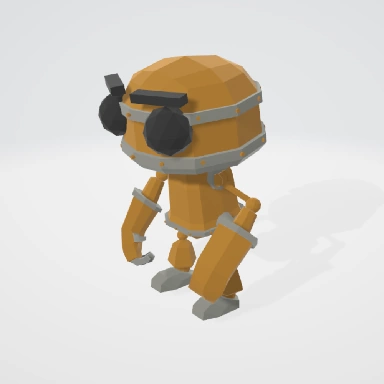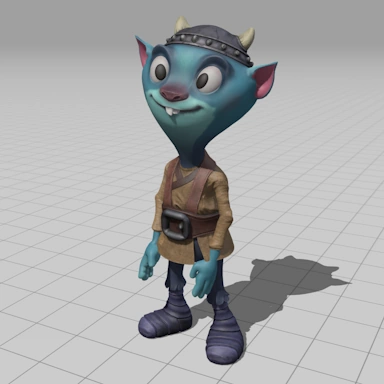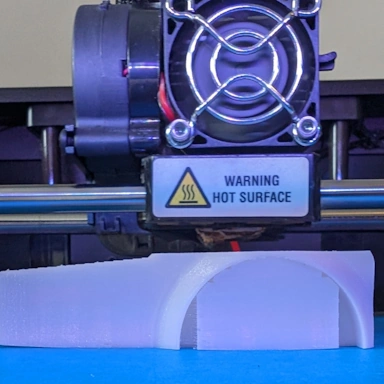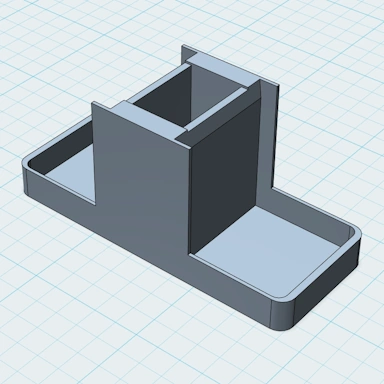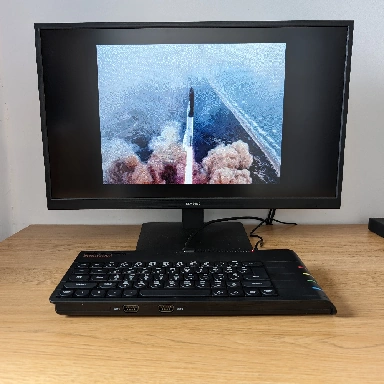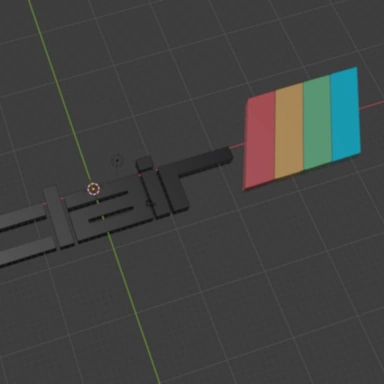| Full Name | G-code |
| Extension | GCODE |
| Type | 3D Model/Point Cloud |
| Mime Type | text/plain |
| Format | Text |
The GCODE format is a file format mainly associated with 3D printers and CNC machines. These files contain low-level instructions to control these machines; for example, in a 3D printer, these instructions move the print head, adjust the height of the print bed, and control the speed at which the plastic is extruded from the print head.
These GCODE files are created by Slicer software, which takes 3D model files, often in the STL or 3MF format, and converts these models into the low-level instructions present in the GCODE file.
GCODE Converter Capabilities
As the GCODE format currently does not support the use of material colors when used by tool, your converted model will contain only the mesh geometry, material colors will not be transferred to your converted file.
| Full Name | Wavefront |
| Extension | OBJ |
| Type | 3D Model |
| Mime Type | text/plain |
| Format | Text |
An OBJ file is a text-based file format used for the storage of 3D model data. The format was developed in the 1980s by Wavefront Technologies as a means to store the geometric mesh data associated with a 3D model. It has garnered widespread support in the following years, and you will find options to load from and save to the OBJ format in most modern 3D modeling applications.
As OBJ files are essentially text files, they can grow quite large when working with large and detailed 3D models.
Mesh Geometry
Within a 3D OBJ file are lists of vertices, mesh faces, face normals, texture coordinates, and more. The vertices, normals, and texture coordinates are stored in a continuous list and are indexed referenced within a separate list of mesh faces, ensuring optimal use of space within the file. A mesh face may contain three or more points, each of which can use a unique vector normal and texture coordinate.
OBJ Converter Capabilities
As the OBJ format currently does not support the use of material colors in 3D models when created using our tool, your converted model will contain only the mesh geometry, material colors will not be transferred to your converted OBJ file.

